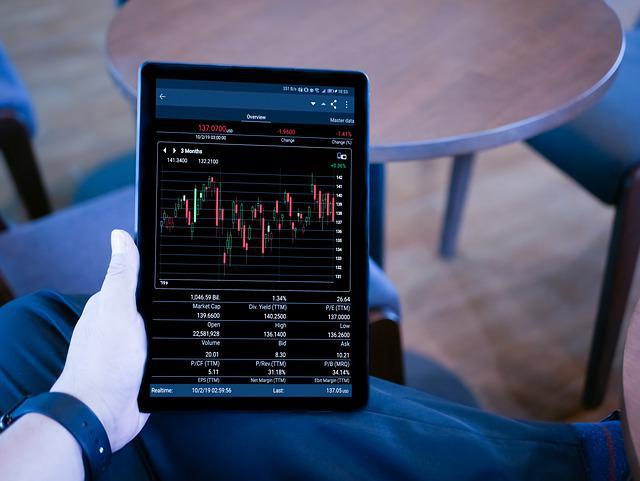The Forex market, also known as the foreign exchange market, is a vibrant and fast-paced financial market where both regular retail investors and major financial institutions trade currencies. It is a market that never sleeps, operating 24 hours a day, five days a week, across different time zones.
What makes the Forex market truly intriguing is its dynamic nature, characterised by constant fluctuations in the prices of financial instruments and a multitude of factors driving these changes. Those qualities attract investors around the world seeking to maximise their profit potential in a short time.
What dynamic factors shape the Forex market?
Here are several important factors that contribute to the dynamic nature of the Forex market and how traders and investors can navigate the opportunities they present:
- Volatility. Volatility is a defining characteristic of the Forex market. Currency exchange rates and prices of other financial instruments can experience rapid fluctuations within short periods due to various factors. Volatility is essential for making profits in the short term, and traders who can adapt to changing market conditions are the first to capitalise on the opportunities presented by Forex trading.
- Technological advancements. Advancements in technology have revolutionised Forex trading, making it accessible to a broader audience. Online trading platforms, high-speed internet connections, and mobile applications have enabled traders to execute trades swiftly, access real-time market data and use sophisticated trading tools.
- Global economic factors. Economic indicators play a crucial role in shaping the Forex market. GDP growth, inflation rates, interest rates, employment data, and geopolitical events are among the key drivers of market prices. The release of economic data, as well as both scheduled and unexpected events can cause rapid price movements. Traders often exploit those opportunities to make profits.
5 steps to start making profits in the fast-paced Forex market
To turn the dynamic nature of the Forex market to your advantage, consider taking the following steps:
- Stay up-to-date with economic news releases, central bank announcements, and geopolitical events to understand market sentiment and potential price movements.
- Develop a balanced trading strategy with clear entry and exit points to make short-term profitable trading possible. Consider using both technical and fundamental analyses to base your strategy on, and don’t forget to employ risk management techniques to limit potential losses.
- Study the educational materials provided by Forex brokers, such as Forex Basics Course by OctaFX, to accelerate your entry into the market. Everything you need to know about Forex is out there—and completely free of charge.
- Practise on a demo account before opening your first orders on a live account. This way, you will not only test your strategy but also familiarise yourself with the functionality of your preferred trading platform.
- Master leverage trading—it might bring you significant profits in the volatile Forex market. However, it must be used wisely, as while it helps you increase the size of your orders, it also multiplies your risks. Therefore, it’s crucial to refrain from using high leverage and stick to your risk management rules with regard to position sizes.
The above steps will help you navigate the dynamic Forex market to maximise profits. However, even the fastest market does not appreciate rushed decisions. Don’t let FOMO (fear of missing out) and other emotions guide you on your Forex journey—always take your time to analyse financial instruments and make informed decisions, even in the most pressing market environment.












